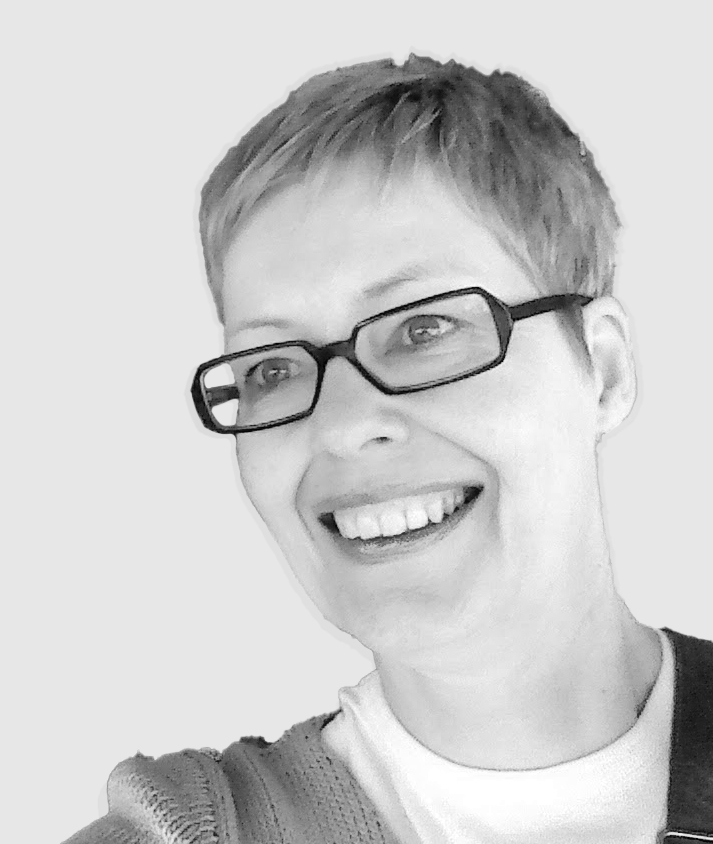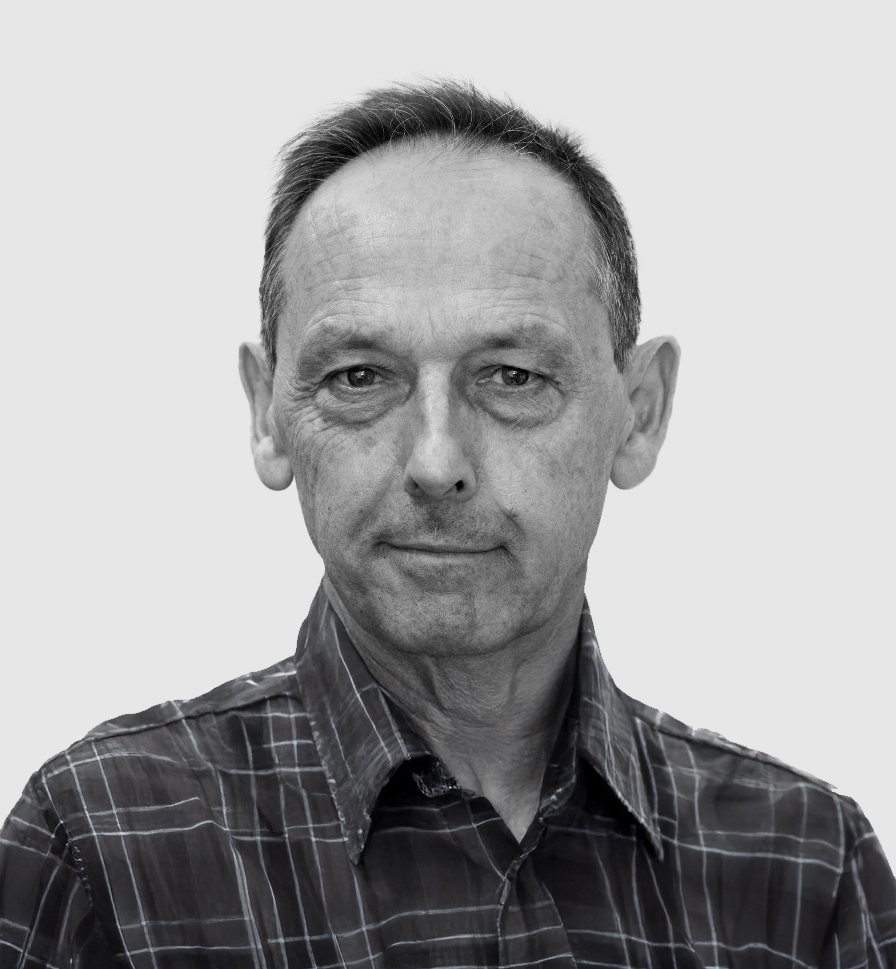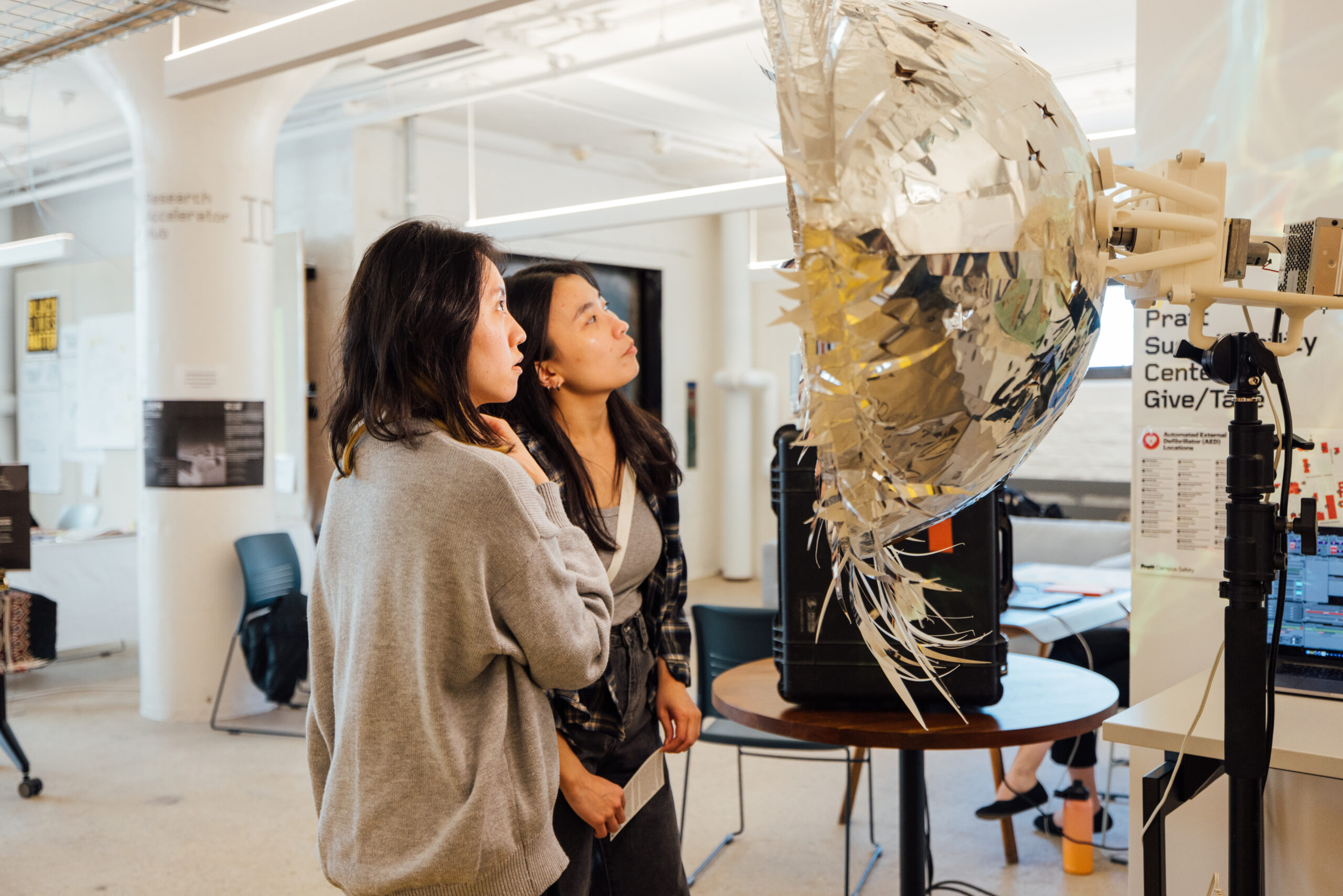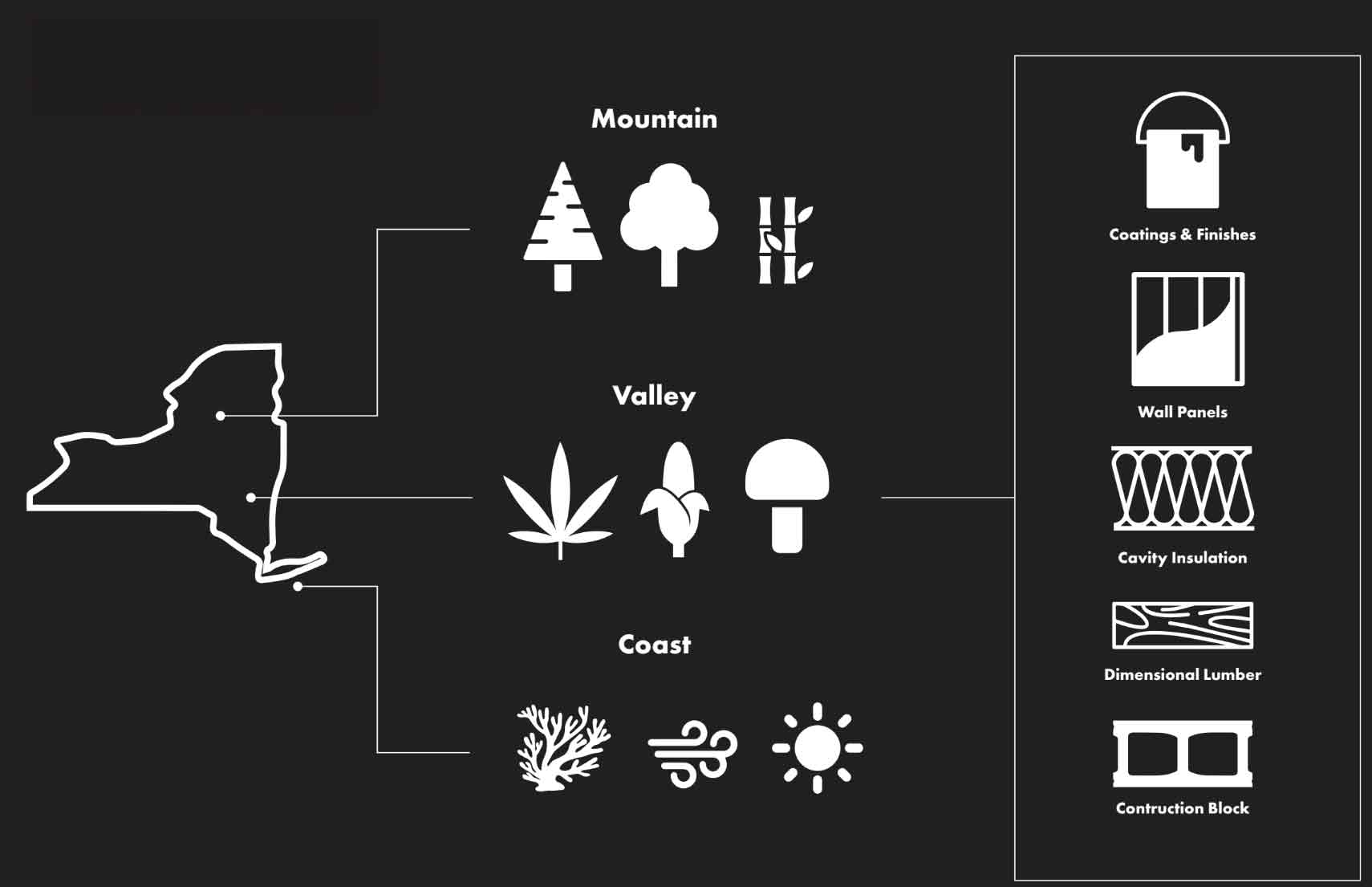
About us
The Decarbonization Group addresses the challenges and opportunities of decarbonizing New York’s built environment—a crucial element in combating climate change and fostering equitable economic growth. Our vision is to collaboratively advance the decarbonization of the building construction and retrofit sector and its material and production supply chain. We achieve this through architectural, urban, and industrial design research, decarbonization projects, planning and policy proposals, publications, and symposia.
Our focus includes developing New York State-grown bio-based products and pilot implementation projects for the state’s construction sector. By working with industry, non-profit, community, and public sector partners, we aim to create jobs across the supply chain.
Since 2020, the Decarbonization Group has been led by Meta Brunzema.
Projects

UPSTATE + DOWNSTATE | HEMP
The UPSTATE + DOWNSTATE: “Hemp on the Move” initiative, in partnership with Bronx community organization Mothers on the Move, focuses on developing a Bio-based Resilient Industrial District in the South Bronx. This district will manufacture hemp-based and other bio-based products for the building and retrofit sectors. Hemp blocks, hempcrete, boards, insulation, and interior finishes, which have proven health-promoting properties, could be tested in Bronx residential retrofits. In the short term, we are working on a showroom for bio-based materials in the Bronx.
Eventually, the production of these bio-based materials could be scaled to meet the demand of a larger construction market, especially the 50,000 energy retrofits catalyzed by New York City’s Local Law 97. Farmers and processors in Upstate New York would grow, decorticate, and transport the industrial hemp materials, creating green jobs along the supply chain. In Upstate New York, we will work with multiple partners to create a viable supply chain for New York State-grown industrial hemp fiber and hurd products, based on a demand and market analysis for hemp and other bio-based building products. In the South Bronx, in partnership with Mothers on the Move, we will develop a Bio-based Resilient Industrial District and a green workforce development strategy. Additionally, we will conduct comprehensive surveys of residential retrofit sites and develop demonstration projects that will test the efficacy of hemp-based solutions in addressing issues such as indoor air quality, energy efficiency, and environmental remediation.
By collaborating with Upstate New York farmers, industrial stakeholders, and community partners, we aim to create a circular economy that benefits both urban and rural communities while mitigating the adverse effects of traditional building materials on public health and the environment. Ultimately, our interdisciplinary applied research seeks to advance sustainable urban development practices that prioritize social equity, environmental stewardship, and economic prosperity.

UPSTATE + DOWNSTATE | MASS TIMBER
The UPSTATE + DOWNSTATE: NYC Mass Timber Municipal Housing Project (MTMH) seeks to build mass timber affordable housing additions on top of city-owned buildings with unused development potential. More than two hundred buildings could be built above existing NYC libraries, firehouses, police stations, and health and social facilities. Thousands of units of affordable housing could be produced throughout the city without the need to acquire land or rezone the sites. We propose that these buildings be constructed using prefabricated mass timber from NYS forests, allowing for an expedited construction schedule. This much-needed affordable housing program could be privately financed as part of an innovative public-private partnership, creating hundreds of green jobs in Upstate and Downstate New York.
We are collaborating with SUNY Environmental Science and Forestry’s Mass Timber Discovery Challenge team, led by Dr. Paul Crovella.
Members
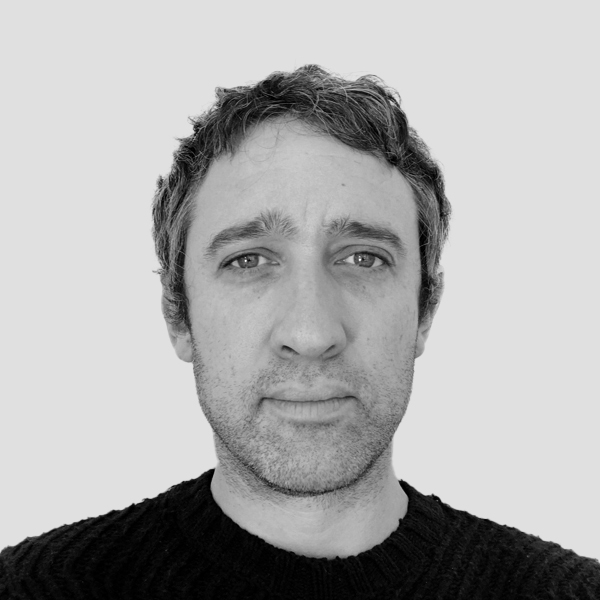
Landon Brown
Visiting Assistant Professor
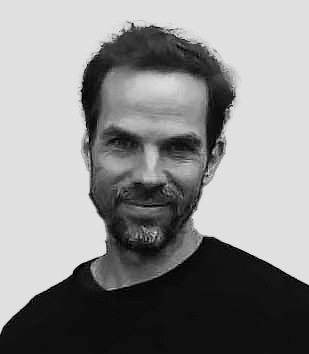
Gregory Merryweather
Adjunct Associate Professor – CCE

Zehra Kuz
Adjunct Professor – CCE
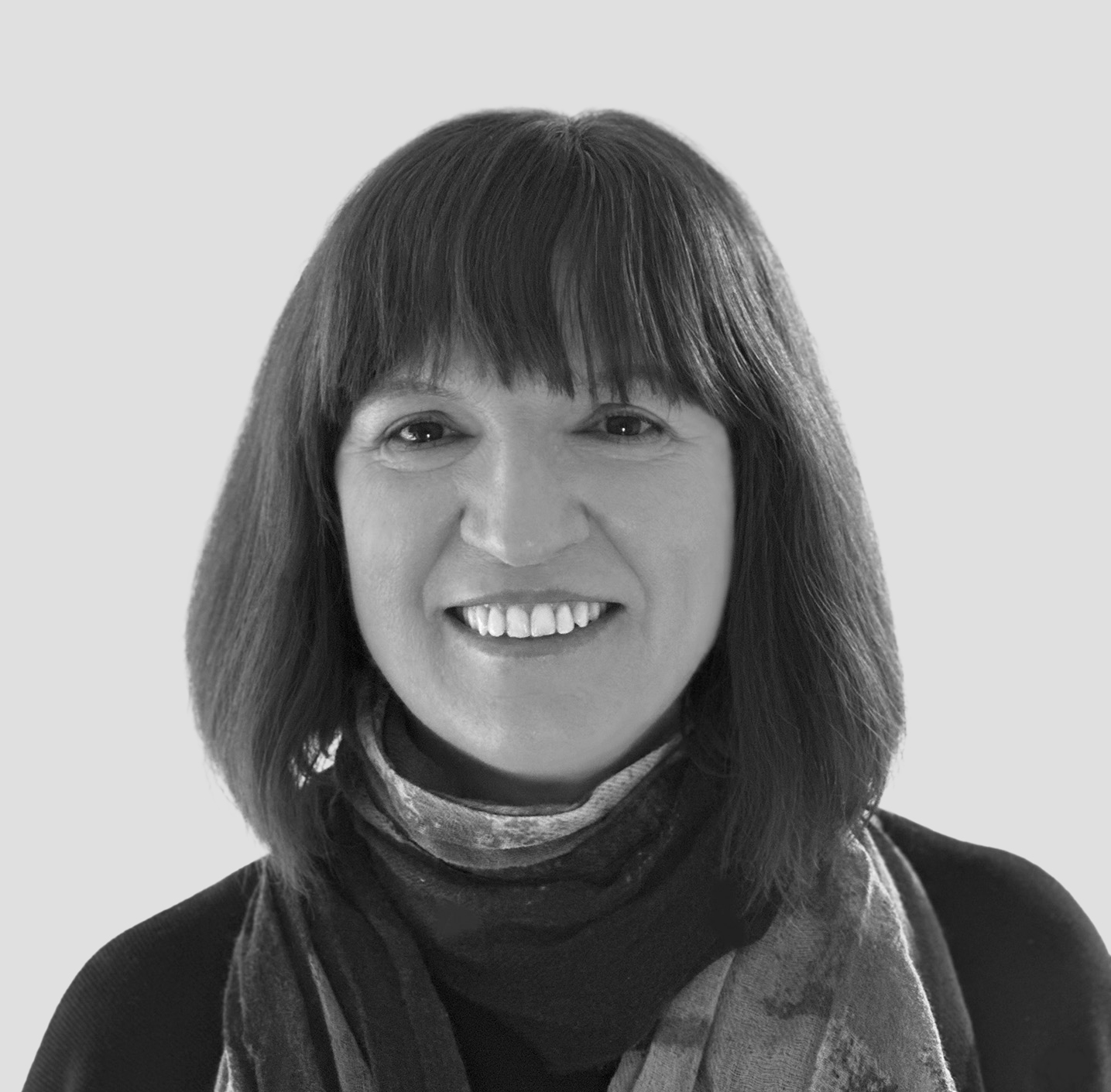
Maria Vrdoljak
Adjunct Assistant Professor
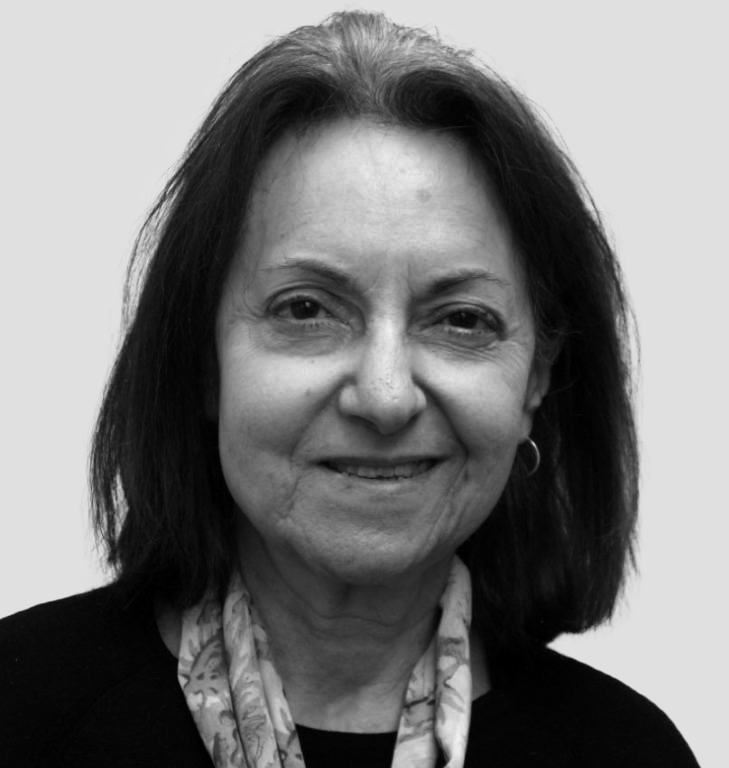
FAIA Architect

Bhavini Kapur
Urban Planner and Architect

Kevin Ellicks
Graduate Architecture Student
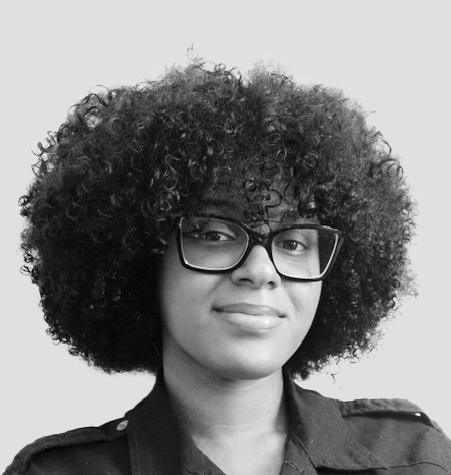
Alexsa Ortiz-Reyes
Undergraduate Architecture Student

Jeremias Emestica
Undergraduate Architecture Student
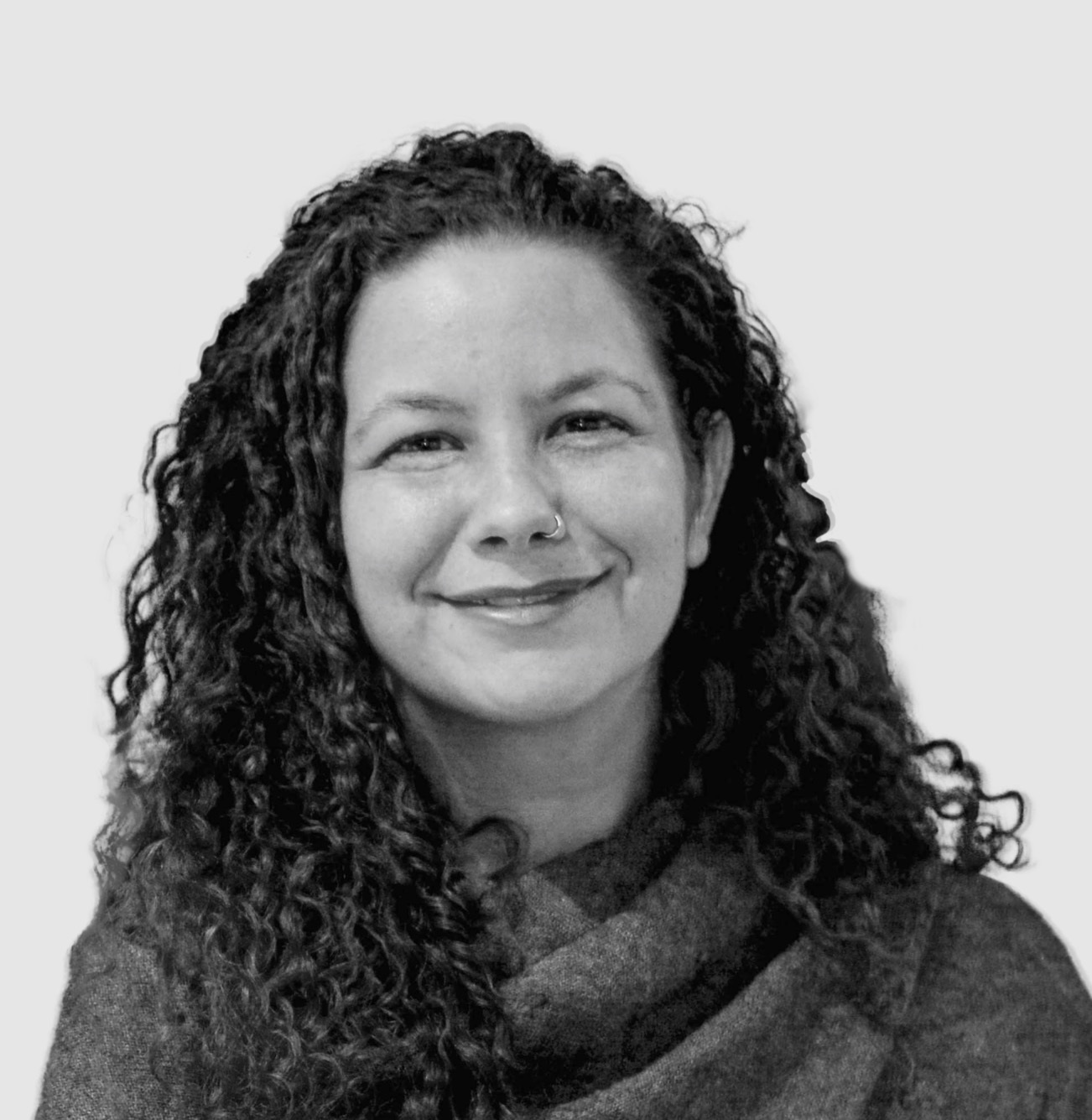
Emma Weiss, Architect
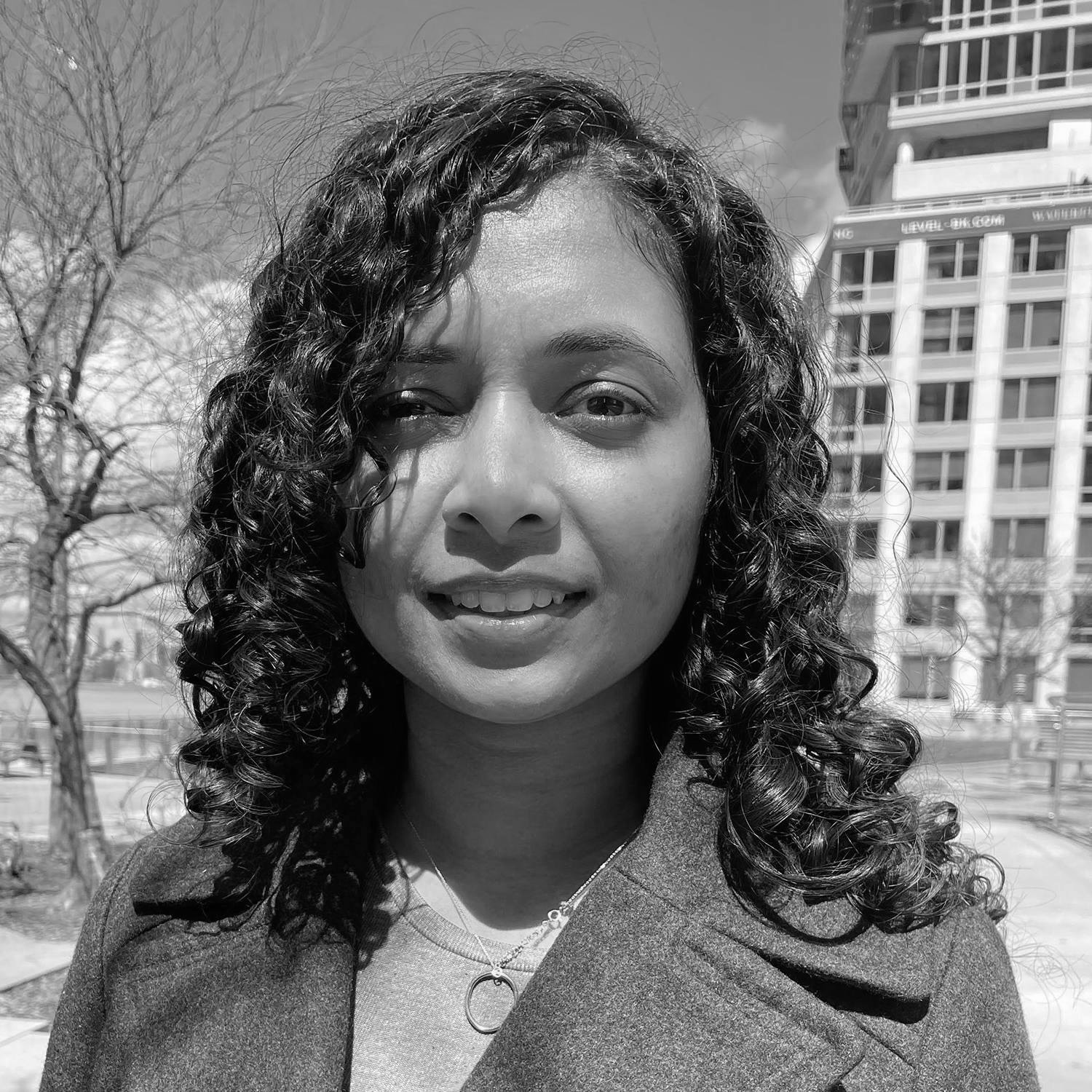
Ankita Nalavade, Sustainability and Resilience Expert

